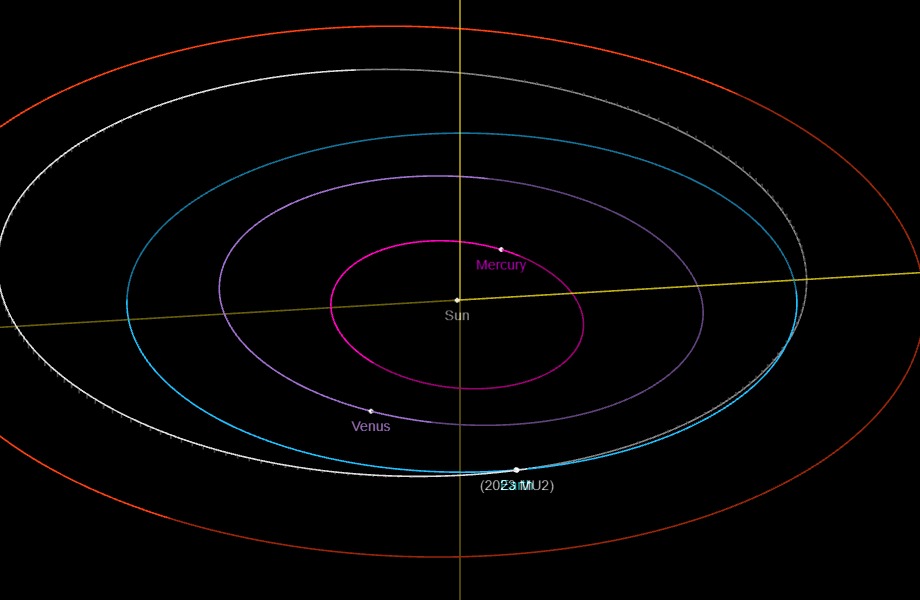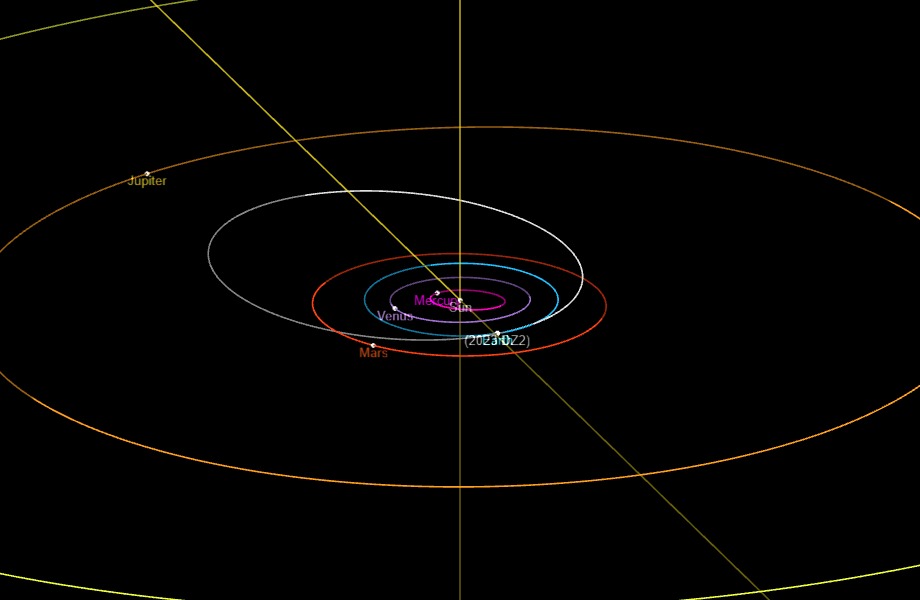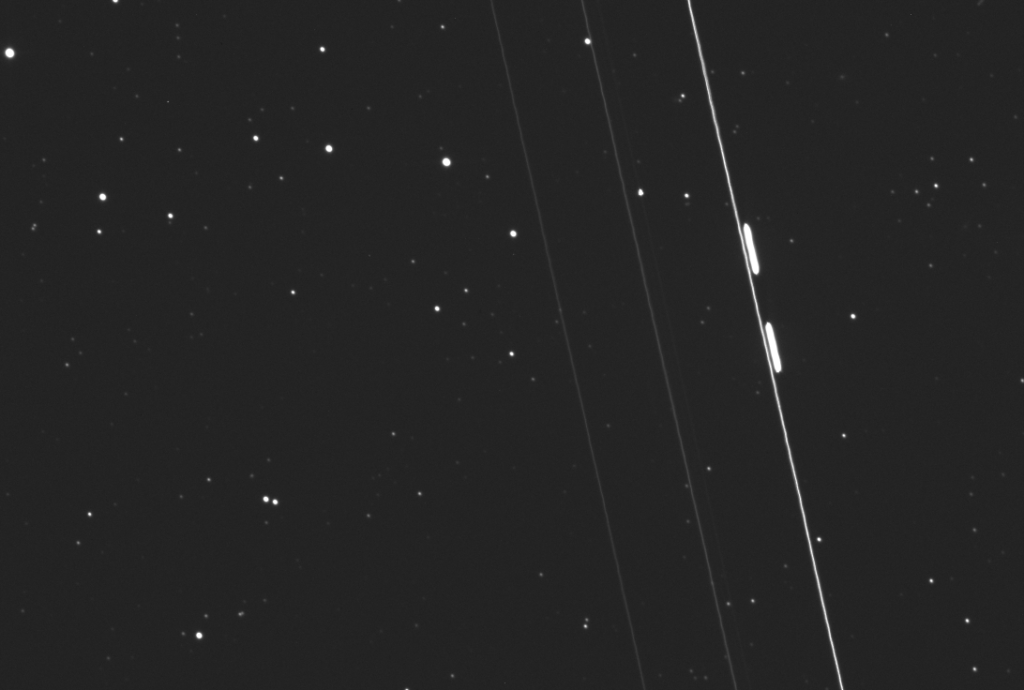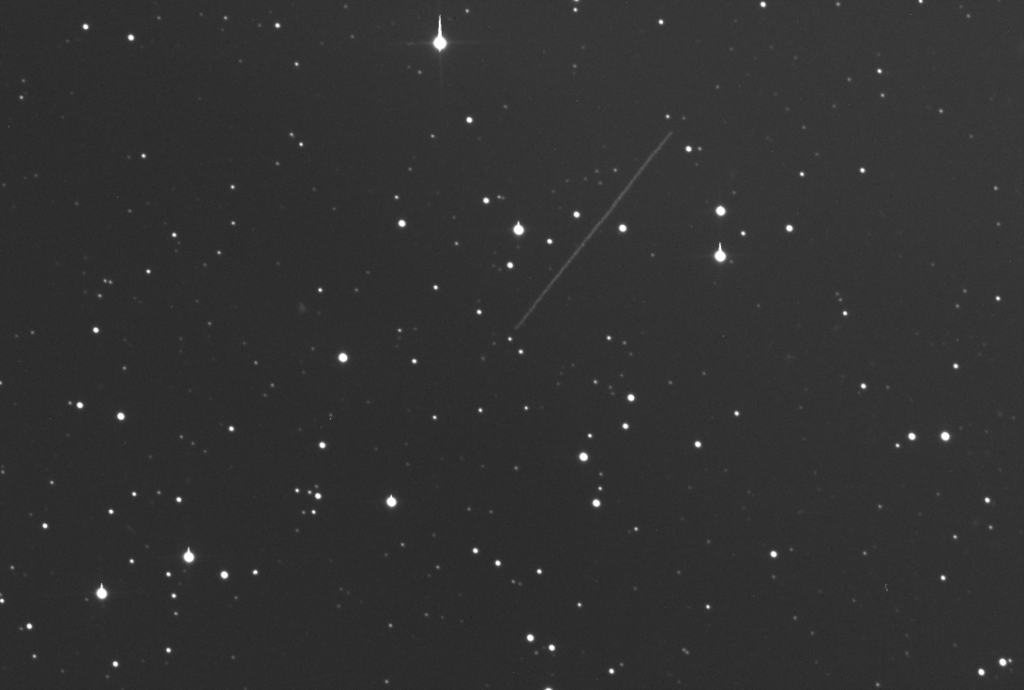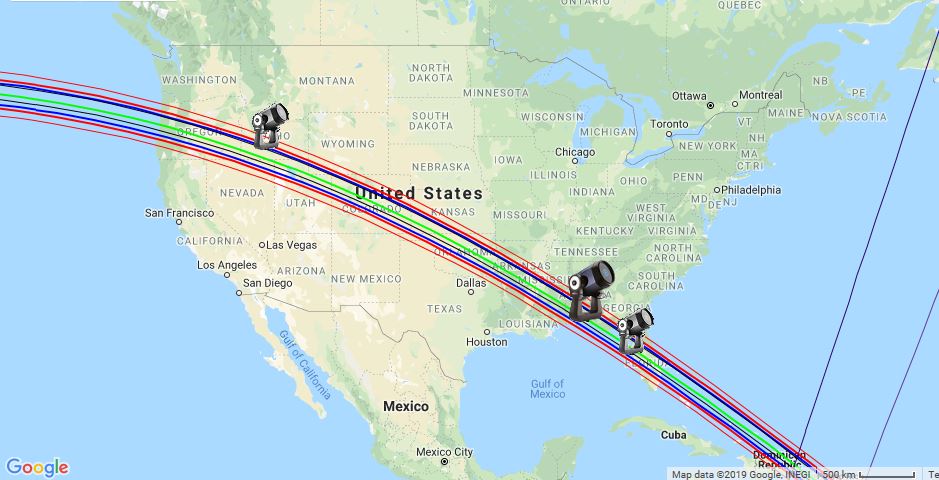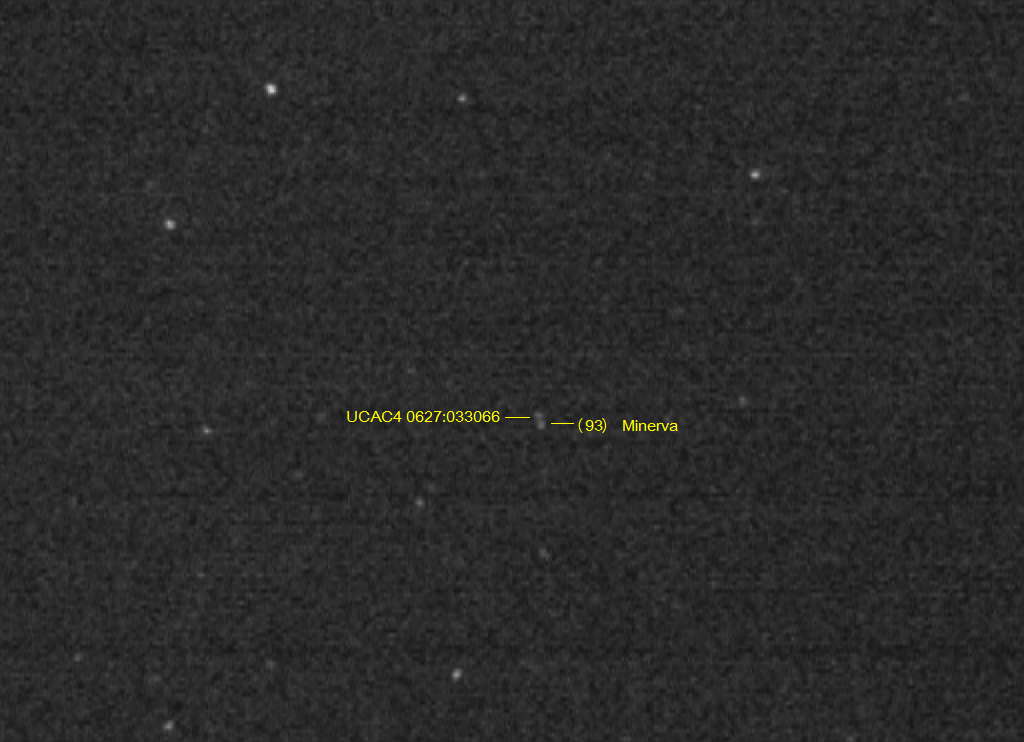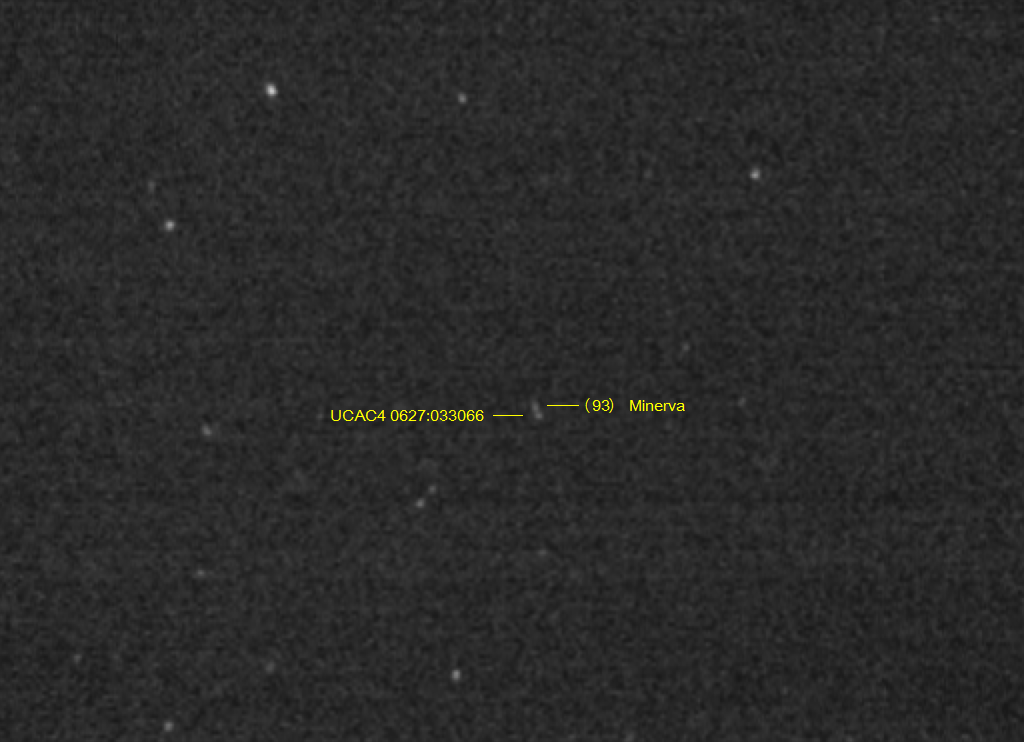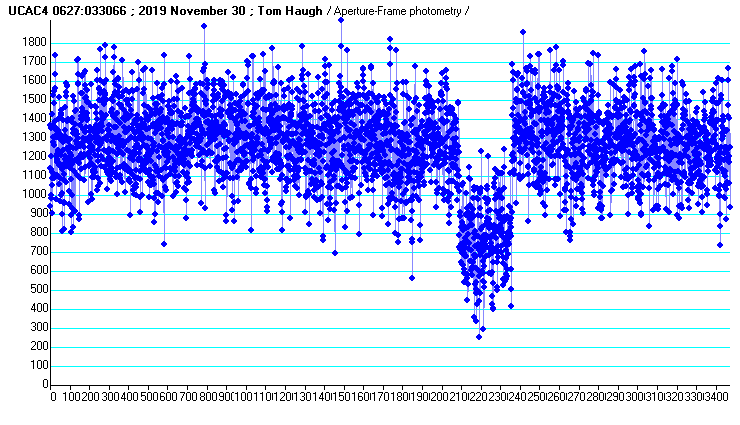Many of you will have no doubt heard of the “HOUSE SIZED ASTEROID HEADING TOWARDS EARTH !!!”.
Well, there is one that will pass by the Earth this afternoon (25 Jun 2023) at 1819 CDT. JPL estimates the size, on average, to be 5 meters in diameter (16.4 feet). My van is 20′ feet long so it must be a really small house. However, it will get no closer than 134,788 miles away. That is a about 60% the distance to the Moon. It is traveling at a speed of 10,107 mph. That speed, and its proximity to the Earth, is evident in the animation below.
The asteroid orbits the Sun in 490.9 days. As you can see in the orbit diagram, it spends most of its time in between Earth and Mars but crosses inside Earth’s orbit for about 2 months.
At the time, from our point of view, the asteroid was traversing the constellation Scutum (The Shield). This location puts it crossing into some of the denser star clouds of the Milky Way. This is why there are so many stars in the background.
The animation is composed of forty-five cropped 120 second exposures. They were taken on the evening of the 24th.
